
Get a Free Second Opinion

International Patient Program

Discover World-Class Healthcare at Acıbadem Hospitals in Turkey
Turkey has emerged as a global hub for health tourism, and Acıbadem Hospitals stand at the forefront of this excellence. Combining cutting-edge medical technologies, internationally accredited facilities, and a team of world-renowned specialists, Acıbadem delivers unparalleled healthcare solutions tailored to your needs. From advanced robotic surgeries to personalized cancer treatments, every step of your journey is guided by precision, compassion, and quality.
Strategically located at the crossroads of Europe and Asia, Turkey offers not only world-class medical care but also the warmth of Turkish hospitality. Acıbadem Hospitals reflect this unique blend, providing a seamless experience with multilingual support, state-of-the-art diagnostics, and luxurious patient accommodations. Choose Acıbadem for your healthcare needs and experience why Turkey is the preferred destination for health tourism worldwide. Your health deserves the best – and the best is here.


Assistance and Translation Services
Our Treatment
All Treatments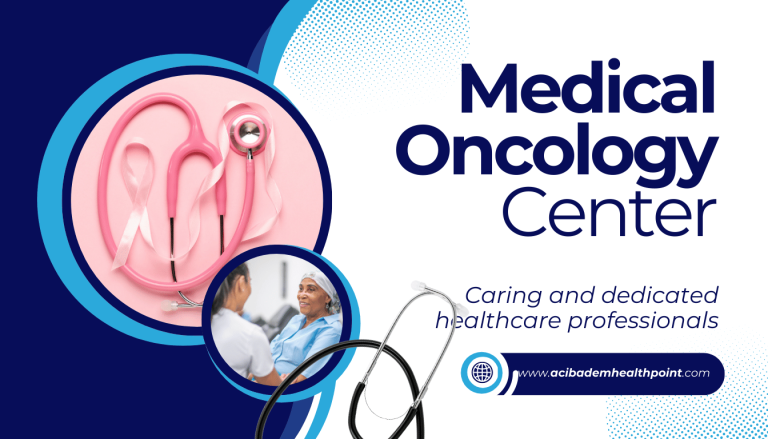
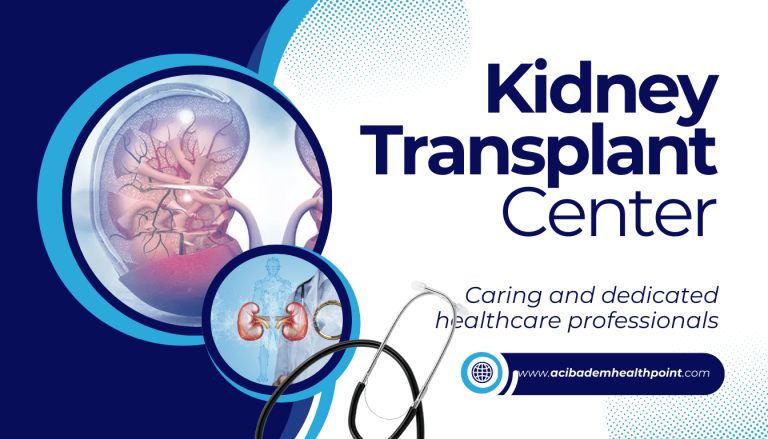

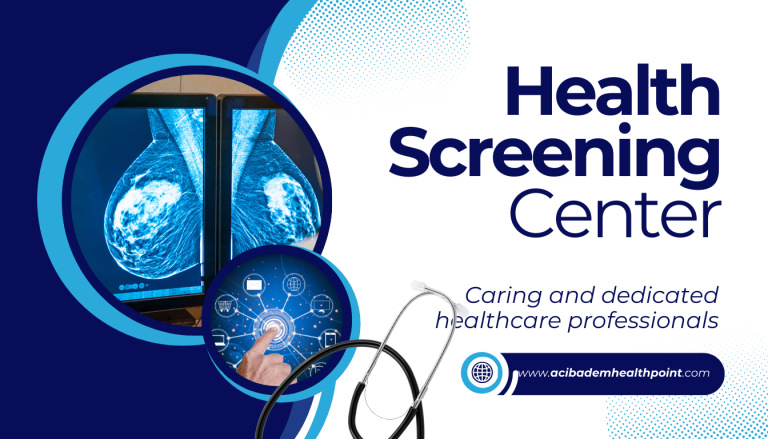


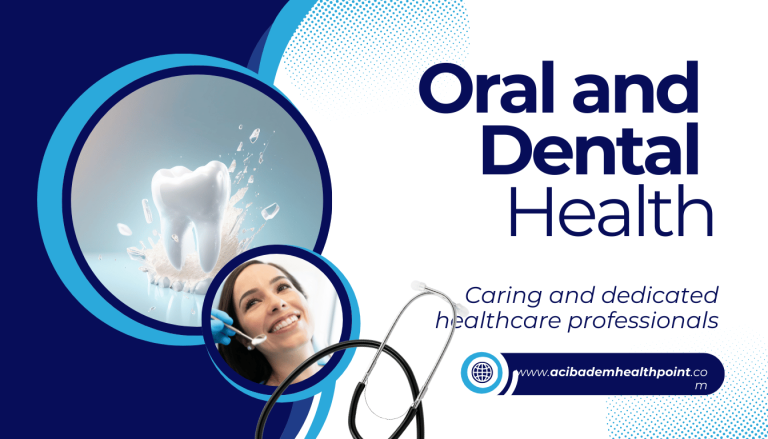
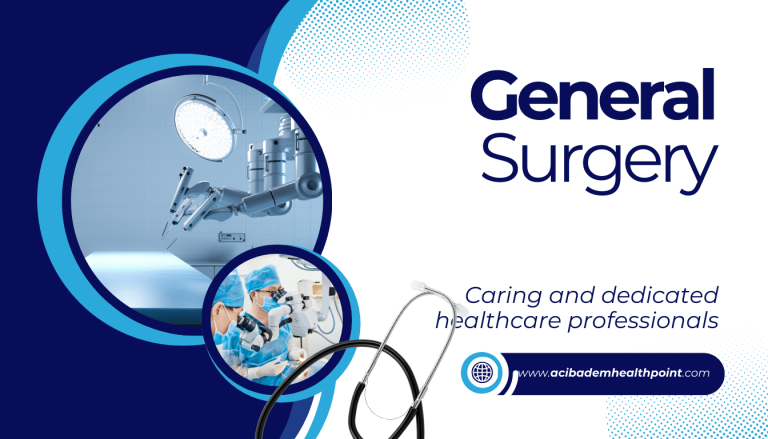
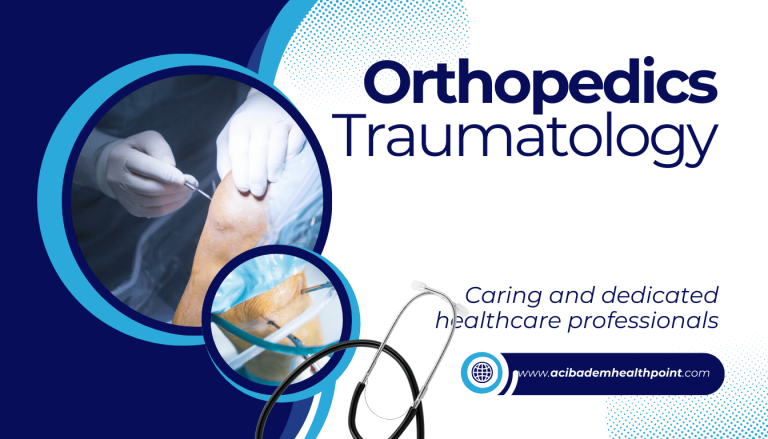
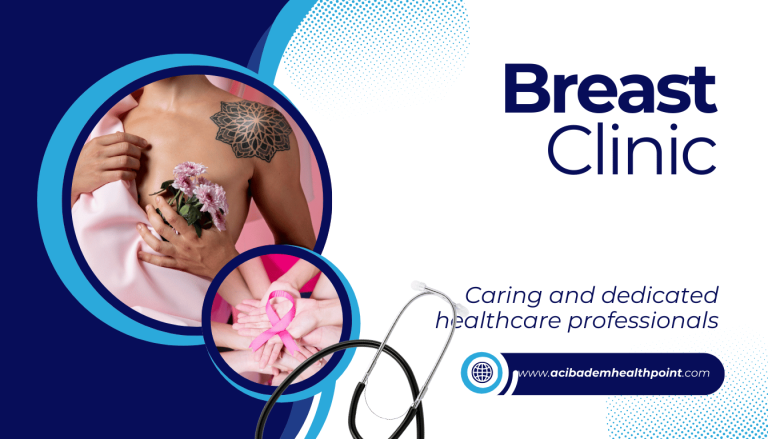
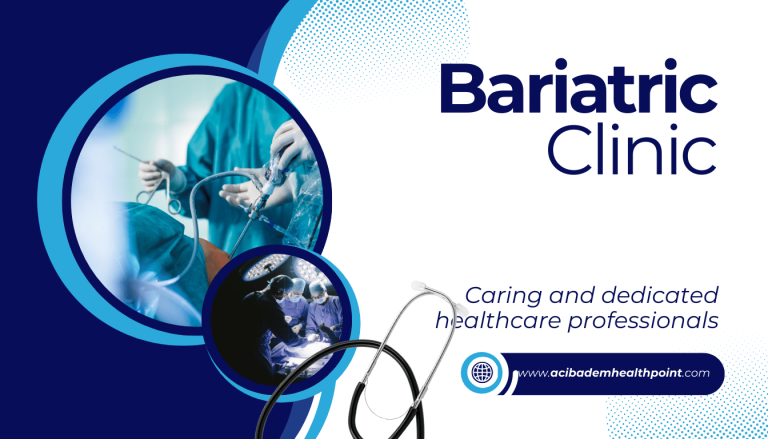
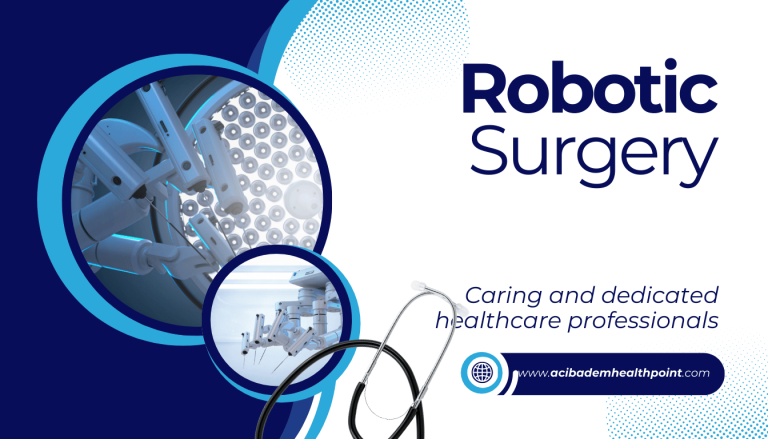

Free Online Consultations

World-Class Expertise: Meet the Doctors of Acıbadem Hospitals
At Acıbadem Hospitals, our greatest strength lies in our team of highly skilled and internationally renowned doctors, who are leaders in their respective fields. Each physician brings years of experience, advanced training, and a passion for delivering exceptional patient care. With numerous global accolades and certifications, our doctors are not only experts but pioneers in medical innovation and research.
From complex surgeries to groundbreaking treatments, our specialists work collaboratively to provide personalized, patient-centric care tailored to your unique needs. They combine expertise with empathy, ensuring every patient feels supported and confident throughout their healthcare journey. When you choose Acıbadem, you are placing your trust in a team of world-class professionals who are dedicated to achieving the best possible outcomes for you and your loved ones. Experience healthcare at its finest with the exceptional doctors of Acıbadem – where expertise meets compassion.

Assistance with International Insurance

Latest Blog Posts
All Blog PostsSymptoms of Lyme Disease: What to Look For
Malignant Hypertension Explained
Malignant Hypertension Causes & Risks
Malignant Arterial Hypertension
Top Causes of Absolute Lymphopenia Explained
Signs of Male Infertility: How to Know
Signs of Male Infertility – Key Indicators
Recognizing Malignant Hyperthermia Symptoms
PMS2 Lynch Syndrome Genetic Risk
Mallory Weiss Tear Syndrome


























